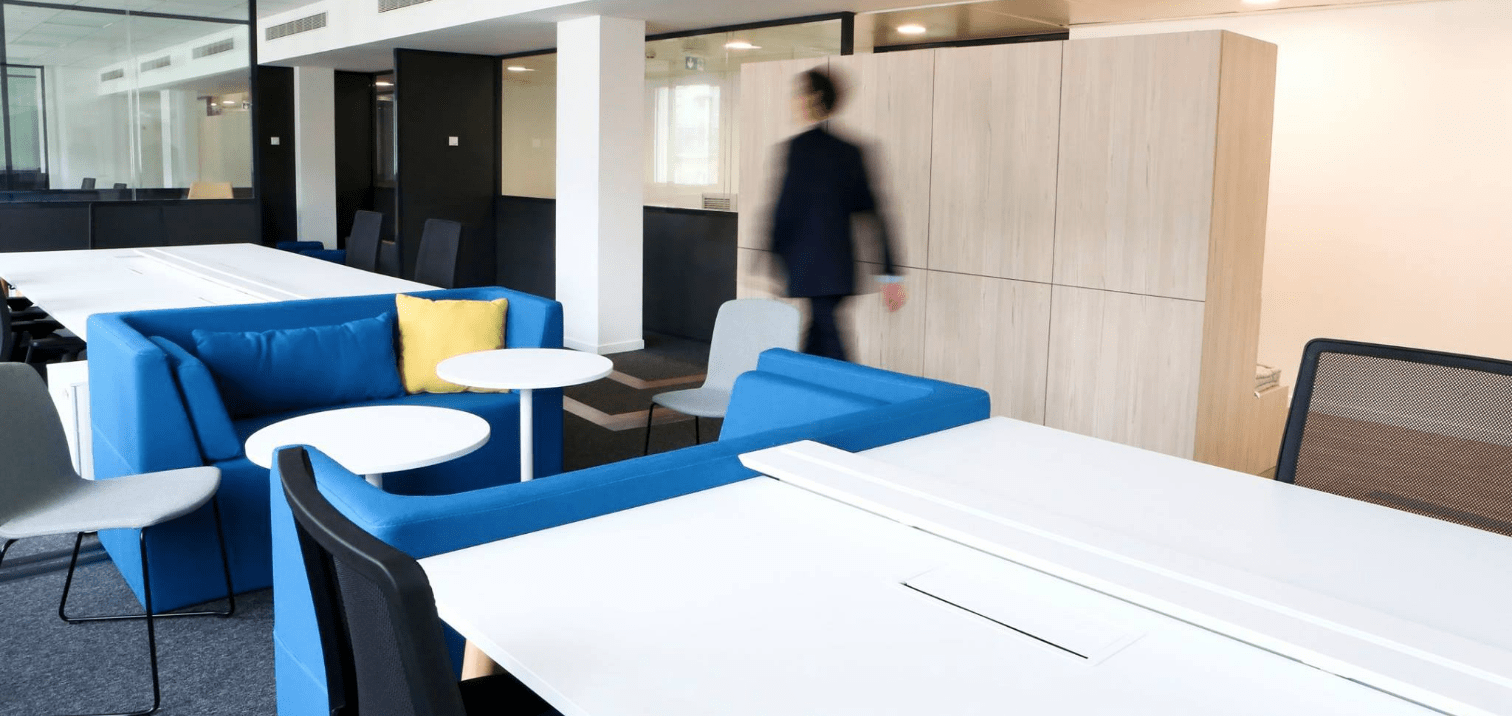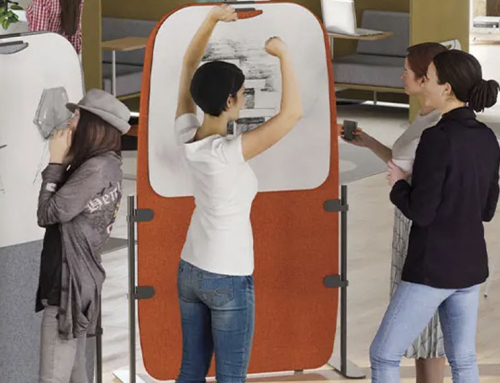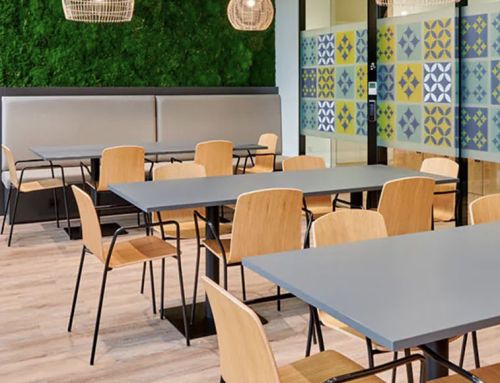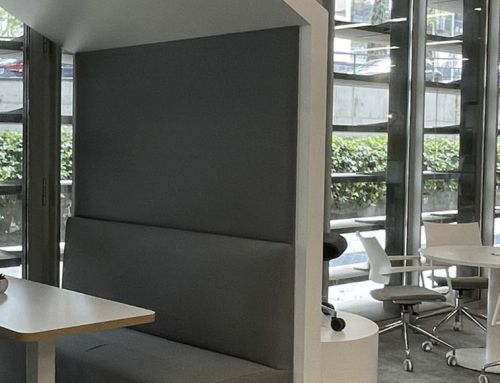Words such as sustainability, energy efficiency or ecologic design are ever more common in the world of architecture. Awareness and respect for the environment have already been embraced and certifications such as LEED (Leadership in Energy and Environmental Design) developed by US Green Building Council, measure the sustainability of buildings based on criteria such as the efficient use of energy, environmental quality, location of projects, etc.
These good practices represent great progress in the construction and architecture sector; nevertheless, we cannot forget that buildings are inhabited by people and their health and wellbeing are also essential. This is the origin of the WELL certification which intends to give health and comfort a prominent place in construction practices.

WELL Certification the first standard focused on health and wellbeing of people
WELL Certification acknowledges the relation between buildings and its inhabitants considering seven key aspects related to human health in the environment: air, water, food, light, exercise, comfort and mind. We could say therefore that a WELL space is that which can contribute to the improvement of the health of people as we consider health as the physical, mental and social wellbeing of humans.
Achieving efficient and nice spaces is an increasingly growing concern for companies. It is no wonder that companies seek healthy workspaces which aid their employees to feel comfortable as it has been revealed that the happier the employee, the more productive.
Work spaces for happy employees
In fact, over 90% of Ofita clients of the last 3 years highlight that the happiness of their employees has been the basis for the design and equipment of its offices. This percentage was 50% lower five years ago and 20% 10 years ago.
- 98,6% thinks that the happier the employee the more productive.
- 98% that they are more committed to the company.
- 51% consider that companies are not yet implementing enough policies for the happiness at work.
- 7% considers that happiness at work is not a passing fad but an aspect of Human Resources that has come to stay.
- For 53% the main reason of wellbeing is an office with an open and social design.
- 95% of companies concerned about the happiness of their employees has relax/leisure areas for its employees.
- 88% promote a collaborative employment culture with new working methodologies and common areas.
Source: HP Workplac;Workplace Happiness Report; State of the global Workplace; IOpener Institute de Oxford; “Happiness and Productivity” de la Universidad de Warmick
A design focused on the human being
Spaces with WELL certification are considered with the potential of adding effective value to the health, the wellbeing and the happiness of its users; an item which is becoming more important within organizations.
This standard is based on a comprehensive revision of researches performed on the effects of spaces on individuals, identifying over 100 performance indicators, design strategies and policies which owners, designers, architects, engineers and operators of buildings can implement.
Among them we find the ergonomics (visual ergonomics, regulation of the height of desk, flexibility of seats…), thermal comfort, sound barriers, adaptable spaces, the design of visual lighting, etc.
Levels of Well Certification
WELL Certification or as known in the US the WELL Building Standard is voluntary. It guarantees the analysis and validation of the level of wellbeing according to these indicators mentioned above.
Within each concept (air, water, food, light, exercise, comfort and mind) there is a series of concerns –compulsory to achieve the certification- and optimizations to be fulfilled. According to the total score obtained, we are granted a WELL certification:
- Silver Score (5 – 6): means that all compulsory features were fulfilled.
- Gold Score (7 – 8).
- Platinum Score (9 – 10): also includes non-compulsory optimizations.
The only purpose is to increase the level of health, wellbeing and motivation of users, creating efficient and nice spaces to work in. We should take into account that the great majority of projects registered to obtain this certification worldwide are focused on office spaces.
WELL Certification, offices designed for the health and wellbeing of people







